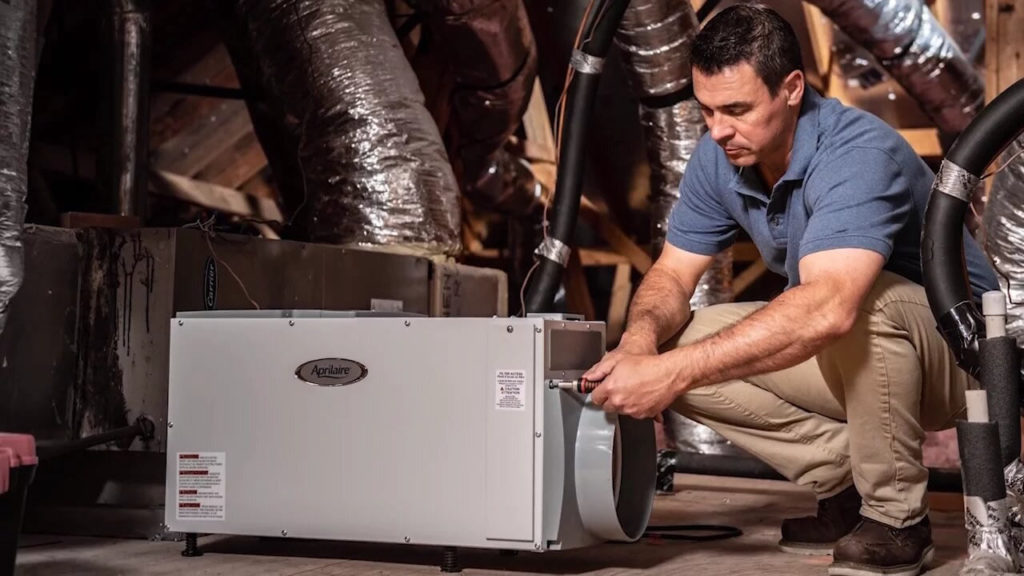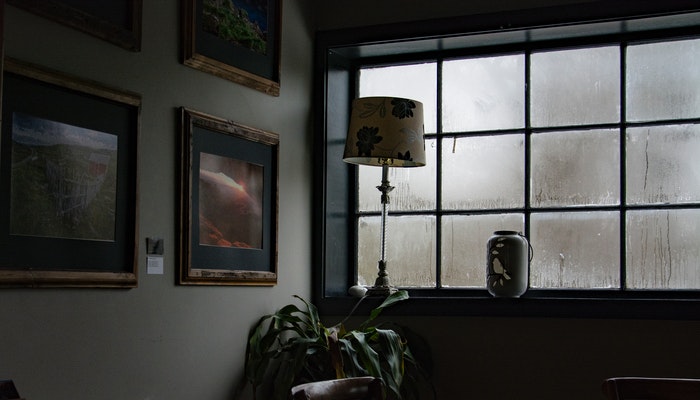Lower Humidity in 19 Ways With No Dehumidifier Required
Table Of Content

Interestingly, air conditioners have a similar mechanism to compressor dehumidifiers. Once the hot humid air comes into contact with the cold coils inside the air conditioner, this lowers humidity levels, while keeping indoor spaces at a cool temperature. Many daily chores and practices—such as taking long, hot showers, boiling water for cooking, and using a laundry steamer—can lead to increased indoor house humidity levels. When indoor humidity levels are too high, avoid these activities or keep them to a minimum.
Poor insulation could be increasing the home’s humidity levels.
There are many things to love about summer, from day trips to the beach to hosting outdoor parties. But the one thing many people can do without during warmer months is humidity. All that water vapor clings to the air and makes your home feel muggy and musty.

Keep interior doors open.
You might have charcoal briquettes lying around for barbecuing purposes, but they can also help to dehumidify your home. Simply place a few briquettes in a container like a basket or a can and replace them every couple of months. Your air conditioner will naturally decrease the humidity in your home by removing warm air and introducing cool air. Make sure you change the AC filter frequently in order to maximize the airflow. When the relative humidity is higher, surface temperatures need to be warm to avoid condensation from occurring..
Solved! How Long Does it Take for Carpet to Dry After Cleaning?
Place a drying rack away from walls to prevent the moisture from being trapped. Hang items individually and with as much space in between them as possible so they will dry more quickly. A tuneup, which usually takes a technician one to two hours, consists of checking all the components and cleaning the system to ensure it’s working efficiently.
Avoid Introducing Heat
Damaged pipes typically leak water that will eventually evaporate and cause high humidity. Not only do leaky pipes cause high humidity, but they can also increase your water bill. Inspect the pipes in your home and patch leaks to reduce the moisture in the air. Follow along as we explore how to lower the humidity in your home. Humidity can ruin a great day outdoors, but nothing is worse than excessive humidity in your home.
Ways to Reduce Humidity In House Without Dehumidifier
By putting lids on saucepans when boiling or steaming vegetables and using an extractor fan briefly or opening a window when using the bath or shower, homeowners can reduce moisture vapour in the air. Taking early steps to limit humidity in rooms using home ventilation or a dehumidifier will help to prevent these problems and reduce the chance of them returning. The UV light’s bulb typically lasts for two years before it needs to be replaced.
How to Freeze Dry Food the Right Way
You can also use programmable thermostats to regulate indoor temperatures and humidity automatically. Excessive humidity can cause the growth of mold, mildew, and dust mites, which can exacerbate respiratory issues such as asthma and allergies. That can also contribute to the spread of bacteria and viruses, increasing the risk of respiratory infections. "A good ventilation system is one of the best methods to lower humidity," explains Omar. "When the outside air is dryer than the inside air, open the windows and doors." It may feel like an obvious one but it's good to use any extractor fans more than you would normally.
Water-Resistant vs. Waterproof: What’s the Difference?
The best dehumidifiers we've tested for banishing damp - Expert Reviews
The best dehumidifiers we've tested for banishing damp.
Posted: Wed, 13 Mar 2024 07:00:00 GMT [source]
To counteract this unintentional sabotage, start by cleaning your gutters. Gutters can lead to indoor humidity if they are clogged and result in leaks and high concentrations of humidity, or if the downspout faces into the home. Leaky pipes, faucets, and roofs can introduce moisture into your home. Excessive moisture will raise the humidity level of your indoor air. Dehumidifiers are an effective way to remove moisture from the air.
This Is the Ideal Humidity Level for a Comfortable Home, According to Pros
During this process, heat is collected and moisture condenses on the coils, similar to how a dehumidifier works. Condensation then falls into a collection pan, and the cooler and dehumidified air is sent back into the room. Did you know you’re one of the main culprits behind those high moisture levels?
The changing seasons and temperature can be significant factors for rising indoor humidity levels and the main culprit for an uncomfortable environment. If your home has built-in radiators instead of central heating, capitalize on these radiant heat sources by placing a bowl of water on top of each unit to humidify each room. “The heat will naturally evaporate the water and increase the humidity,” Mitchell says. Depending on how hot your radiators get, take care to use a cloth or kitchen mitt when you lift the bowls.
Moving air also feels cooler, which is a benefit if you have high humidity in your house in the summer. Yes, heaters indirectly reduce humidity by warming the air, increasing its capacity to hold moisture. However, heaters don’t actively remove moisture from the air like dehumidifiers; they simply alter the air’s ability to retain moisture. Dust and debris can build up on surfaces, contributing to poor indoor air quality and potentially trapping moisture. Regular dusting, vacuuming, and cleaning helps to reduce allergens and the buildup of moisture-trapping particles. Using one of the best heated clothes airers is a good way to speed up the process but ensure you are drying in a well-ventilated room to avoid heat building up.
That is because they can quickly circulate air and that can effectively remove moisture. For example, the humidity in your home will spike after a hot shower. Upgrade your HVAC system, and you also should air seal and insulate your house, too. This might sound like a big investment, but it will pay for itself in comfort and energy savings. A properly sized and installed HVAC system will keep your home at the perfect temperature and humidity level all year round, especially if your home is properly sealed and insulated.
But humidity isn't just uncomfortable—the excess moisture can lead to damage and encourage mold and mildew growth. There are several ways to lower humidity in your home, so the space remains safe and comfortable. Same goes for all your exhaust fans, like the ones in your kitchen and bathroom. If possible, it’s best for them to vent to the outdoors instead of redistributing the humid air inside your home. Run the fan on your over-the-range microwave or range hood every time you’re using the stovetop, especially if you’re cooking something steamy like pasta. Run your bathroom fan when you take a shower and for at least 20 minutes afterward.
Humidity in the home can create a sticky situation, particularly in the summertime, when your abode should serve as a place to cool off after long days in the sun. This is the range that is most comfortable for people and helps to prevent mold and mildew growth. When you hang clothes up to dry, the moisture from the clothes will add to the moisture problem.
If the weather is particularly freezing, you can leave your internal doors open to allow excess moisture to disperse between rooms. Corinne Tynan is a highly skilled contributing editor at Forbes Home, with a wealth of knowledge and expertise in various areas such as interior design and home improvement. Houseplants release moisture into the air, so if you have a lot of them, they could be contributing to the humidity of your home. These plants help to absorb moisture from the air and can help improve the quality of the air in your home.
Comments
Post a Comment